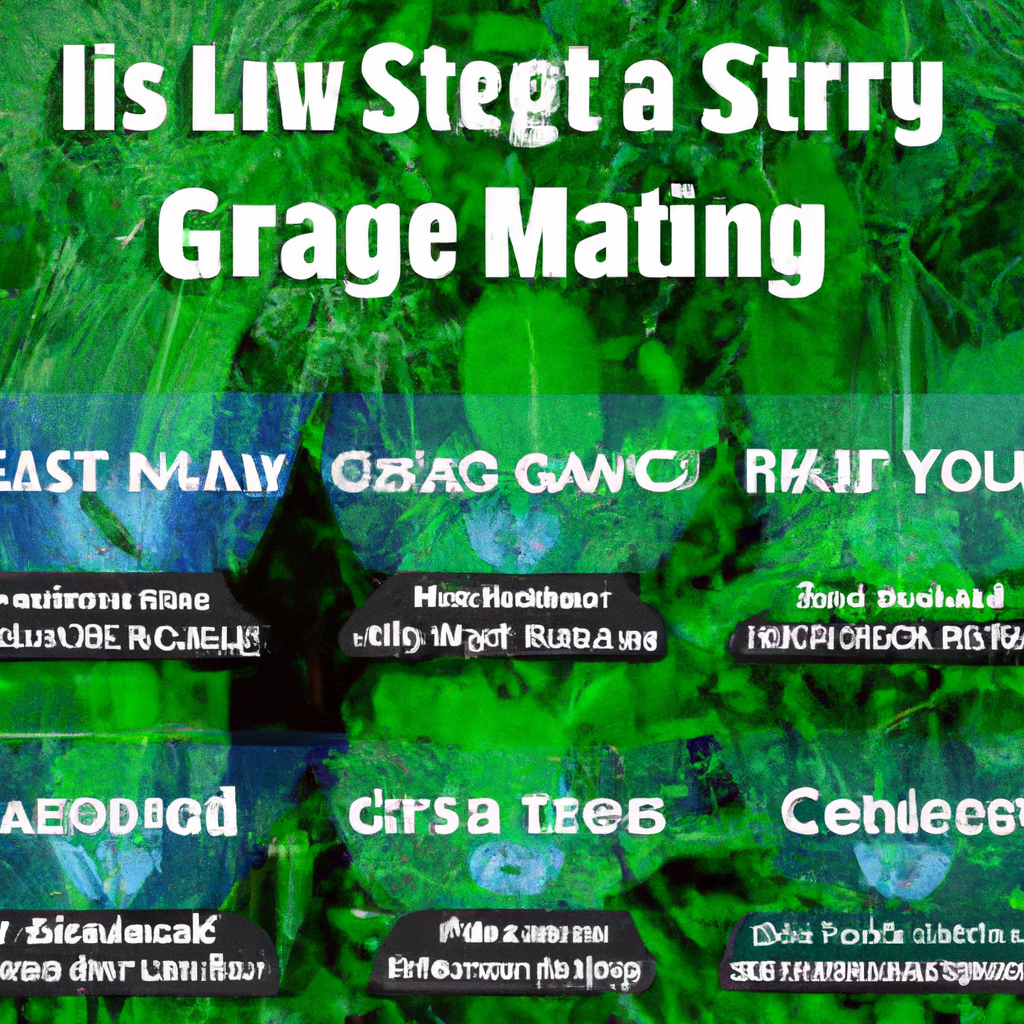John “Magic” Greenleaf here, welcoming you to another cultivation deep-dive. Today, we’re unleashing an often underestimated gem from the grower’s toolbox—Low-Stress Training (LST). This simple yet effective technique not only boosts yields but also enhances the quality of your cannabis plants without sacrificing their well-being.
Understanding Low-Stress Training (LST)
Low-Stress Training involves the gentle bending and securing of plant stems and branches to promote more lateral growth rather than vertical stretching. By exposing more of the plant to light and air, LST encourages the formation of a uniform canopy, maximizing light use and producing higher yields without harming the plants.
How-To Guide: Implementing LST in Your Grow
Step 1: Start Early
Begin LST when your cannabis plants are in the vegetative stage, ideally when they’re around 4-6 weeks old. Young and flexible stems are easier to manipulate without damage.
Step 2: Secure the Main Stem
Gently bend the main stem down toward the side of the container and secure it in place using soft plant ties or garden stakes. Ensure the top of the plant is below the rest of the canopy to encourage lateral growth.
Step 3: Reposition Regularly
As your plant grows, continue to tie down taller shoots, always aiming for an even canopy. Consistent adjustment prevents taller branches from overshadowing the lower ones, ensuring even light distribution.
Step 4: Monitor and Maintain
Keep an eye on the plant’s health and growth patterns. Adjust ties and branches as needed, always handling each stem with care to prevent stress or breakage.
Benefits of LST: From Roots to Buds
- Higher Yields: The even canopy maximizes light exposure, resulting in a greater number of flowering sites.
- Improved Air Circulation: LST prevents overcrowding, reducing the risk of mold and pest infestations.
- Compact Growth: Ideal for indoor growing spaces with limited height.
- Enhanced Quality: Allows for better resin production due to increased light and airflow.
Conclusion
By incorporating Low-Stress Training into your cultivation practices, you’re setting your cannabis plants up for success in a way that honors their health and resilience. As you implement this rewarding technique, remember: “Healthy roots, healthy buds, happy harvests.” For more insights and grower tips, join me at MagicGreenGrow.com, where we cultivate greatness, one strain at a time.
Tags: High-Yield Optimization, Organic Cultivation, Environmental Control


Leave a Reply